
Croatia facts and history in brief
Dubrovnik (Latin Ragusa), population 43,770 in
2001, 49,728 in 1991 is a port and one of the
most prominent tourist resorts on the Adriatic Sea
coast in the extreme south of Croatia, and the
center of the Dubrovnik-Neretva county, positioned
at 42.39N Lat and 18.04E Long.
It has the nickname "Pearl of the Adriatic".
The city of Ragusa/Dubrovnik was based on maritime
trade, and in the Middle Ages it became the only
eastern Adriatic city-state to rival Venice.
Supported by its wealth and skilled diplomacy,
the Latin/Slavic Ragusa/Dubrovnik achieved a
remarkable level of development
during the 15th and 16th century.
Dubrovnik was one of the centres of the development
of the Croatian language and literature, home to many
notable poets, playwrights, painters, mathematicians,
physicists and other scholars.
History
Dubrovnik was founded by joining two small towns:
Laus (name comes from the Latin word for rock)
which was on a small island off the southern
Dalmatian coast, providing shelter for the
Italic refugees from the nearby city of
Epidaurum (today Cavtat); and Dubrava (named
after the Slavic word dub for oak), a settlement
of the Slavic immigrants at the
foothill of the forested Srd hill.
The strip of wetland, built in 1667 after an
earthquake destroyed most of the city, was
later reclaimed as a landfill, unifying the
city around the newly made plaza
(today Placa or Stradun).
The city was fortified and two harbours were built on
each side of the isthmus.
From its establishment in the 7th century AD,
the town was under the protection
of the Byzantine Empire.
After the Crusades, Ragusa/Dubrovnik came under
the sovereignty of Venice (1205-1358), and by
the Peace Treaty of Zadar in 1358 it became
part of the Hungarian-Croatian Kingdom.
Between 14th century and 1808 Dubrovnik ruled
itself as a free state named Respublica Ragusina
(Ragusan republic), also known
as Republic of Dubrovnik.
The Ragusan Republic reached its peak in the
15th and 16th centuries, when the Dubrovnik
thalassocracy rivalled the Venetian Republic
and other Italian maritime republics.
The city was ruled by aristocracy that
formed two city Councils (Vijece).
They maintained a strict system of social classes,
but they also abolished slave trade early in the
15th century and highly valued liberty.
The city successfully balanced its sovereignty
between the interests of Venice and the
Ottoman Empire for centuries.
The Republic gradually declined after a crisis
of Mediterranean shipping and especially a
catastrophic earthquake of 1667.
In 1699 it was forced to sell two patches of
its territory to the Ottomans in order to
protect itself from the
advancing Venetian forces.
Its final demise was caused not by Venice,
but by Napoleon's forces which conquered first
the Venetian territories and then the
Dubrovnik Republic in 1806.
In 1808 Marshal Marmont abolished the
Dubrovnik Republic and amalgamated its
territory into the Illyrian provinces.
In 1815, by the resolution of Congress of Vienna,
Dubrovnik was annexed to Austria
(later Austria-Hungary), and remained annexed until
1918, when it became part of the Kingdom of Serbs,
Croats and Slovenes (Yugoslavia from 1929).
At the very beginning of the World War II,
Dubrovnik was first part of the
Independent State of Croatia.
From April 1941 until September 1943 Dubrovnik
was occupied by the Italian army and
after that by the Germans.
In October 1944 the Partisans liberated Dubrovnik
from the Germans and it became part
of the second Yugoslavia in 1945.
Despite the 1970s demilitarisation of the old town by
the Yugoslav People's Army in an attempt to prevent
it from becoming a casualty of war, following Croatia's
independence in 1991, the same army bombarded the old
city on December 6, 1991, causing some damage.
The rest of the city was less fortunate in the
siege that lasted from
October 1991 until May 1992.
Casualty estimates in the conflict
on this area vary.
Some Serbian sources put it at 88 on
both sides, while the Croatian Red
Cross counted 114 killed civilians.
Following the end of the war, a major rebuilding
project led by the Croatian
authorities and UNESCO began.
They rebuilt the city in the ancient style,
so as to keep its sense of beauty and history.
As well as rebuilding damaged buildings,
surviving structures were strengthened
against earthquakes.
As of 2005, most damaged buildings in
the city have been repaired.
Miscellaneous
The patron saint of the city is Sveti Vlaho,
whose statues are seen around the city.
It has a importance similar to that of St.
Mark Evangelist to Venice.
The old city is a World Heritage Site.
Inhabitants of Dubrovnik often proudly quote
the Irish playwright and man of letters,
George Bernard Shaw, who visited the city in 1929:
"If you want to see heaven on
earth, come to Dubrovnik".
Dubrovnik hosted the tenth and final Congrès
Internationaux d'Architecture Moderne in 1956.
The oldest arboretum in the world, Arboretum
Trsteno, dating from before
1492, is near Dubrovnik.
The Republic of Dubrovnik was the first
state to recognise the United States
of America as a sovereign state.
External links

The above details were retrieved and condensed
from
(http://en.wikipedia.org/wiki/Dubrovnik)
August 2005
All text is available under the terms of the
GNU Free Documentation License (see
Copyrights for details).

Hui Chin and I visited Croatia during our European
travels in 2005.
We have enjoyed our stay in the country, but were very
disappointed with the train services.
Before our departure from new Zealand, we purchased
a rather expensive Regional Eurail Pass with added days
to cover any delays or staying longer in any place than
we have planned for.
Croatia, - at least between places we intended to visit
- have very poor train services.
We arrived from Austria, through Slovenia to Rijeka,
and although Rijeka connected by rail to Pula, our next
stop, the train service is very slow and sporadic.
To go from Pula to Zadar or Split, or Dubrovnik, we
either had to go through Zagreb with the consequent
delay or use the bus services, which we did have to
use throughout.
The roads are very good, so are the bus services, but
it meant extra expenses for us, with already paid for
rail passes.
With the good roads Croatia is catering for the neighbouring
countries drivers, not for the like of us, with limited
budgets, who can't afford a car or hired car in every
country we like to visit.

Dubrovnik is befitting its "World Heritage Site"
title.
We stayed at a private apartment in the old city and
enjoyed our stay very much.

You can click on these photos for an enlargement.
2005
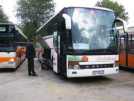 |
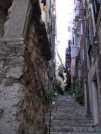 |
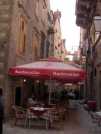 |
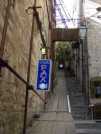 |
| Dubrovnik |
Dubrovnik |
Dubrovnik |
Dubrovnik |
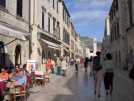 |
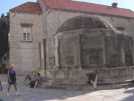 |
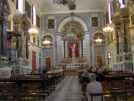 |
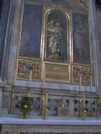 |
| Dubrovnik |
Dubrovnik |
Dubrovnik |
Dubrovnik |
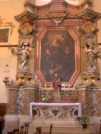 |
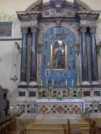 |
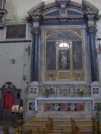 |
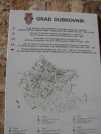 |
| Dubrovnik |
Dubrovnik |
Dubrovnik |
Dubrovnik |
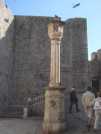 |
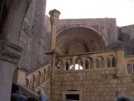 |
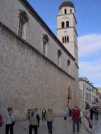 |
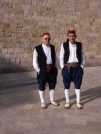 |
| Dubrovnik |
Dubrovnik |
Dubrovnik |
Dubrovnik |
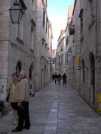 |
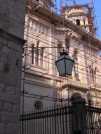 |
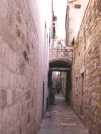 |
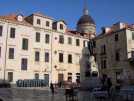 |
| Dubrovnik |
Dubrovnik |
Dubrovnik |
Dubrovnik |
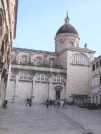 |
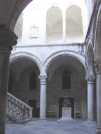 |
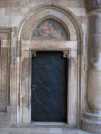 |
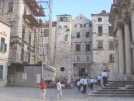 |
| Dubrovnik |
Dubrovnik |
Dubrovnik |
Dubrovnik |
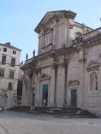 |
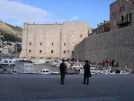 |
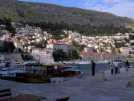 |
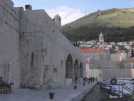 |
| Dubrovnik |
Dubrovnik |
Dubrovnik |
Dubrovnik |
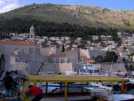 |
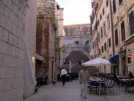 |
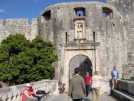 |
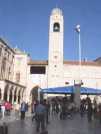 |
| Dubrovnik |
Dubrovnik |
Dubrovnik |
Dubrovnik |
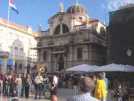 |
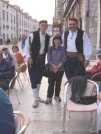 |
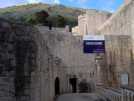 |
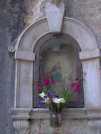 |
| Dubrovnik |
Dubrovnik |
Dubrovnik |
Dubrovnik |
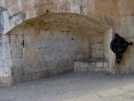 |
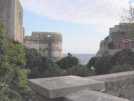 |
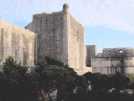 |
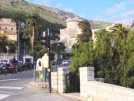 |
| Dubrovnik |
Dubrovnik |
Dubrovnik |
Dubrovnik |
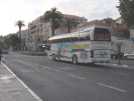 |
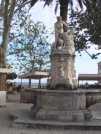 |
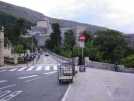 |
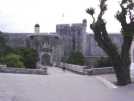 |
| Dubrovnik |
Dubrovnik |
Dubrovnik |
Dubrovnik |
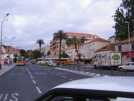 |
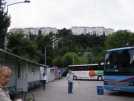 |
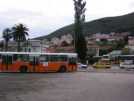 |
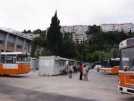 |
| Dubrovnik |
Dubrovnik |
Dubrovnik |
Dubrovnik |

Site
Index
Back to Top
Photos Index
Thanks for coming, I hope you
have enjoyed it, will recommend
it to your friends, and will come
back later to see my site developing
and expanding.
I'm trying to make my pages
enjoyable and trouble free for everyone,
please let me know of any mistakes
or trouble with links, so I can
fix any problem as soon as possible.
These pages are best viewed with monitor
resolution set at 640x480 and kept simple
on purpose so everyone can enjoy them
across all media and platforms.
Thank you.
You can e-mail me at
Webmaster

|